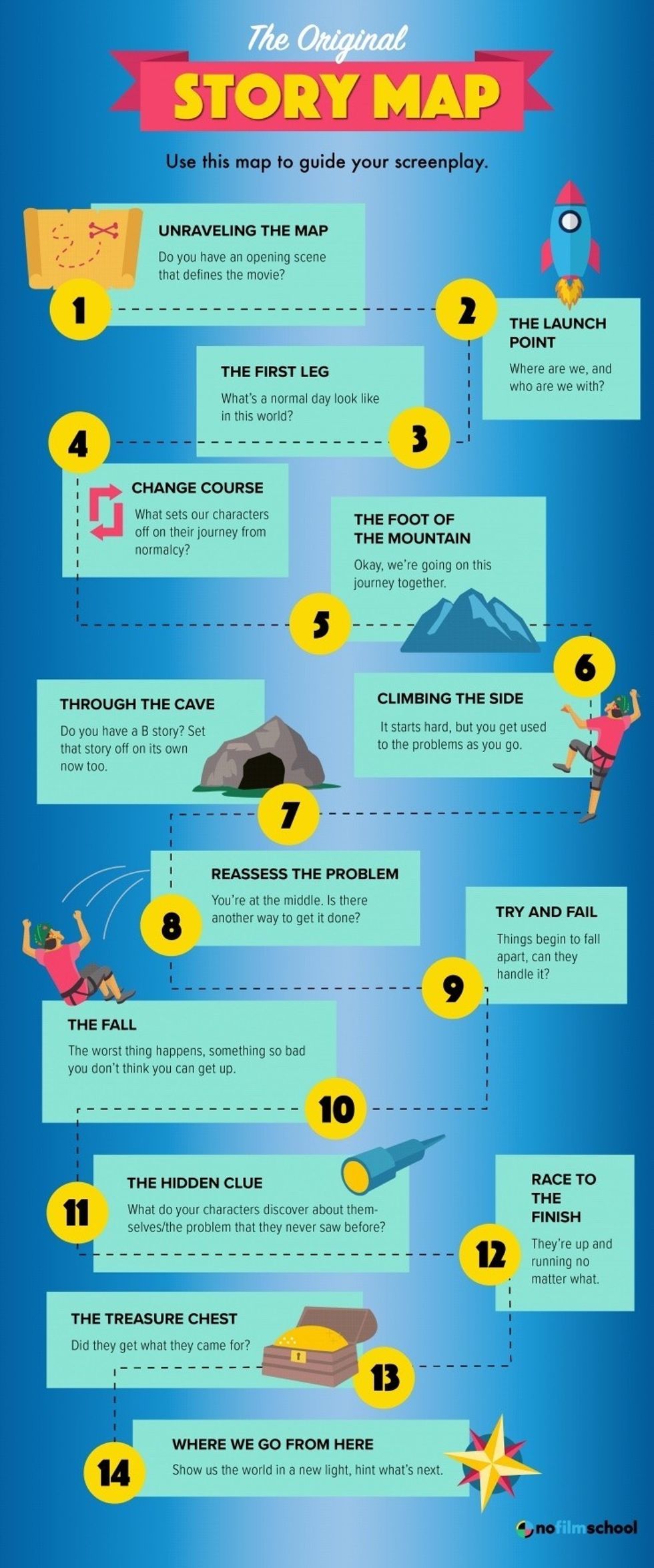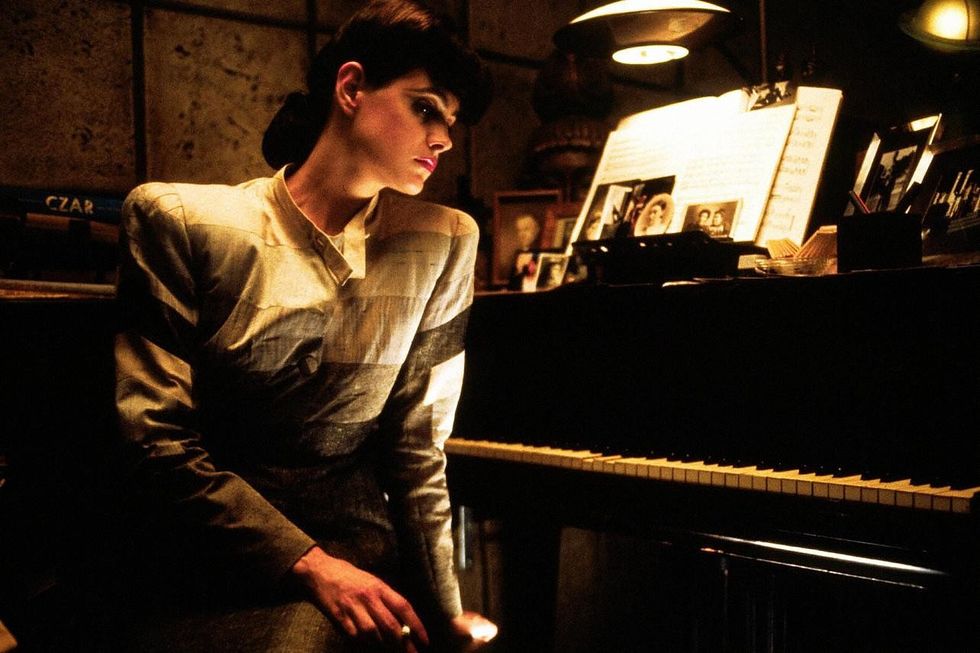
Look, if you’ve spent any time reading this site, you know that the idea of “All writing is rewriting” comes up a nauseating amount.
It’s one of those screenwriting adages that’s as true as it is powerful.
After you’ve finished writing your first draft of a screenplay, you inevitably get notes and then head off to rework it.
I used to just sit and stare at page one. Sometimes my process would involve printing it out and writing on every page. Other times I would just dive into reworking each scene.
But now I have found a better way. It allows me to write an incredibly focused second pass. And gets my script further toward where it needs to be, without endless passes and endless amounts of notes.
I write a second outline. And today, I’m going to show you how it has become the secret to my rewriting success.
Let’s get started.
What Goes In An Outline?

Before I write any screenplay, I make a pretty detailed outline. I call mine the Story Map, and I have a copy of it for you here.
Here’s the way I see our Screenplay Outline:
- Unraveling The Map – Do you have an opening scene that defines the movie?
- The Launch Point – Where are we, and who are we with?
- The First Leg – What’s a normal day look like in this world?
- Change Course – What sets our characters off on their journey from normalcy?
- The Foot of the Mountain – Okay, we’re going on this journey together.
- Climbing The Side – It starts hard, but you get used to the problems as you go.
- Through The Cave – Do you have a B story? Set that story off on its own now too.
- Reassess the Problem – You’re at the middle. Is there another way to get it done?
- Try and Fail – Things begin to fall apart, can they handle it?
- The Fall – The worst thing happens, something so bad you don’t think you can get up.
- The Hidden Clue – What do your characters discover about themselves/the problem that they never saw before?
- Race To the Finish – They’re up and running no matter what.
- The Treasure Chest – Did they get what they came for?
- Where We Go From Here – Show us the world in a new light, hint what’s next.
I created this story map to help myself when I’m outlining new script ideas (maybe some from the Public Domain), and I think it applies to lots of different genres and sizes of movies.
So how do I use it a second time?
Creating Your Second Outline

After I get notes from a friend, executive, or my reps, I sit down and make a second outline.
This outline reflects what I want the movie to be.
We’ve all seen the first draft, and everyone has come together to decide what the theme of this movie is, how our character arcs, and the way we plant and payoff moments.
Now, it’s time for me to write another outline.
Most of my plot will carry over, but what I do now is decide where the things I need to support the aforementioned beats should go.
I do this in outline form because it lets me get to 10,000 feet and look down at the story as a whole. I know how to support an arc if I know where it ends and starts. So I can pick moments to put into each act that will help me get it there.
Also, looking at the theme as a whole will let me understand how earlier scenes might need to be tweaked to further that message.
Implementing the Rewrite

The scariest thing about any rewrite is making those massive, sweeping changes that seem to implement a domino effect to change the whole script. But as writers, we know will happen. They are inevitable.
Seeing them in outline for is freeing because they allow you to solve the ramifications of that domino effect without the terror of writing new scenes.
And any writer worth their salt will tell you that making these kinds of big changes is what separates the pros from the amateurs.
I go back through every beat in the outline and make sure I’m capturing the intended goal of the screenplay. And I do this in outline form because I think it’s way easier to change and to view the consequences of changing things before I dive back into actually changing pages.
When it’s time, I open my outline in Pages and then my Final Draft next to it. I go back and work and make sure each scene fits the new outline. I cut what doesn’t and replace it with the new scenes I’ve already devised writing.
I find that when this process is over, I have an incredibly strong second draft. Sometimes, it’s just a polish away from going back out.
Summing Up the Second Outline
Now that you know how I do my rewrites, I hope you’ll consider trying this method out as well.
Not only do I think it can help open you up to making bigger changes, but I also think it will help you communicate how you’d tackle rewrite assignments to executives for future jobs.
It gives you the freedom to create and dream without wasting time writing out whole scenes you may not use in the long run.
Let me know what you think in the comments.
Author: Jason Hellerman
This article comes from No Film School and can be read on the original site.
